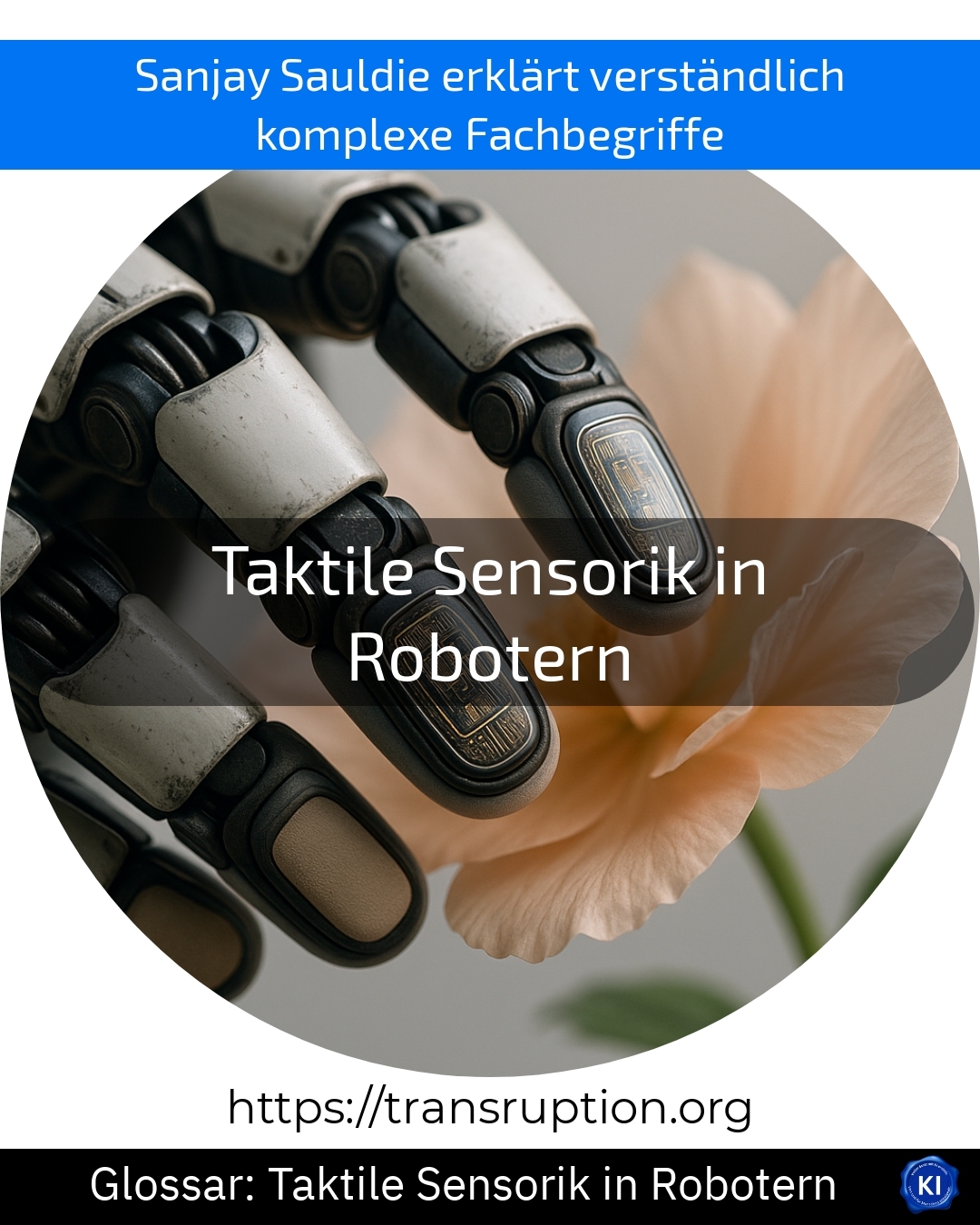Tactile sensor technology in robots is particularly at home in the fields of robotics, automation and artificial intelligence. It describes the ability of robots to perceive and analyse touch and pressure in a similar way to the human sense of touch.
Special sensors on gripper arms or robot hands enable machines to recognise how firmly they are pressing against an object or whether they are gripping an object securely. This makes robots much more flexible and safer, for example when sorting fragile products or assembling sensitive components.
A simple example: a robot assembles a smartphone. Thanks to tactile sensors, it immediately senses when a pane of glass is not positioned correctly and carefully corrects it without breaking it. Without these sensors, the robot could only work with a predetermined amount of force and possibly cause damage.
Tactile sensor technology in robots is revolutionising many sectors because it makes work processes more precise, safer and more efficient. In industry and manufacturing in particular, this technology is crucial for greater automation and quality. Tactile sensor technology is also becoming increasingly important in everyday life, for example in household robots or medical robots.















